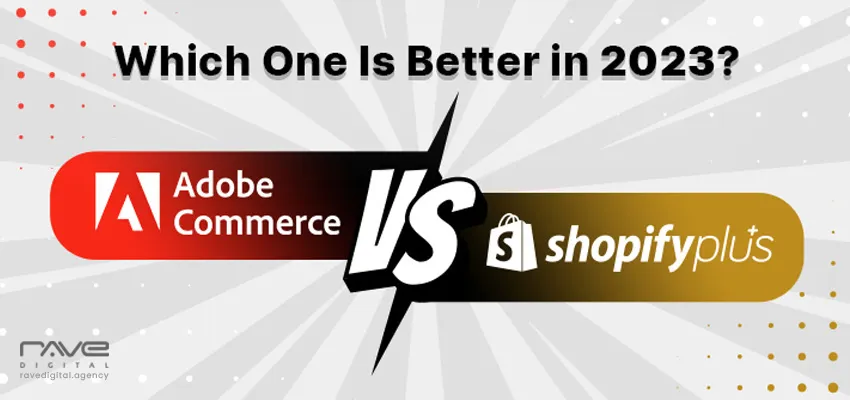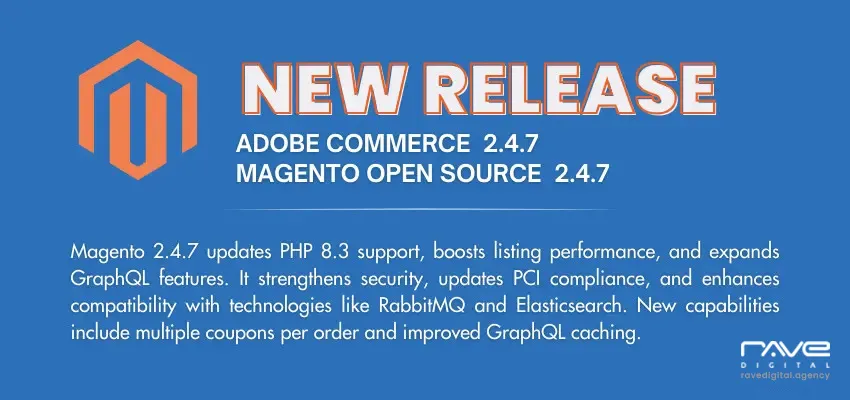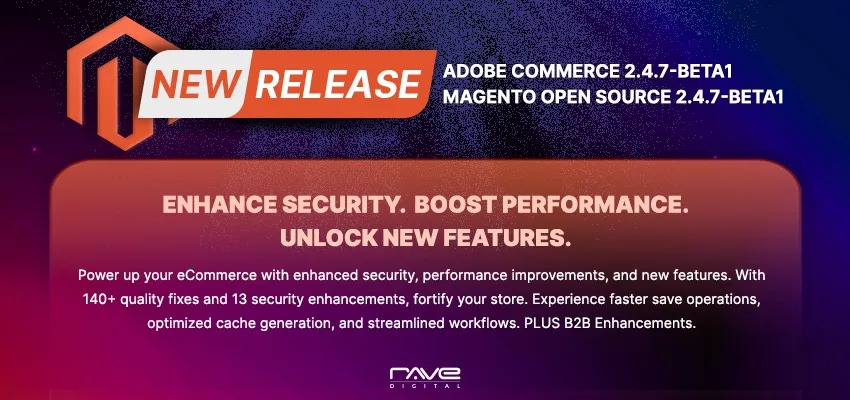The boom of eCommerce has brought a complex question to the fore: “How can online businesses truly stand out when their potential customers are bombarded with so many choices?” The answer lies largely in their eCommerce platform of choice.
An optimal platform doesn’t just house your products. It propels your brand to the forefront, facilitating growth and customer engagement.
Both Adobe Commerce and Shopify Plus are popular e-commerce platforms with their own strengths and weaknesses. Determining which one is better for your specific needs in 2023 depends on various factors such as your business requirements, budget, technical expertise, scalability needs, and customization options. – Adobe Commerce and Shopify Plus. But the crucial question remains – “Adobe Commerce vs Shopify Plus: Which one should they invest their precious resources in?” This article aims to unravel this quandary, offering an in-depth comparison that aids businesses in making a well-informed decision.
Adobe Commerce
Adobe Commerce, which you might know as Magento, is a big name in eCommerce development. It was built to give businesses control over their online stores. That includes the look, the content, and how the store works.
When Adobe bought Magento in 2018, the platform became even stronger. It’s now backed by Adobe’s broad range of enterprise software.
What makes Adobe Commerce (Magento) special? Scalability is a big deal.
Its not just about products and customers. Adobe Commerce is also known for its integration support, complex customization, adaptable to trending technology – be it on frontend headless to backend OMS/WMS.
Being an Enterprise version of Magento platform, Adobe Commerce (Magento) Development allows endless customization. This lets businesses shape the platform to match their brand identity and use its vast array of extensions.
Shopify Plus
Shopify Plus is an upgraded version of Shopify, a platform known for being easy to use. It’s a big hit with businesses that want to start selling online quickly. Shopify Plus is a complete solution that makes it easy to manage an online store from setup to everyday tasks.
without needing to code yet open for customizations and integrations with 3rd party apps and SAAS solutions
Adobe Commerce vs Shopify Plus: Cracking the eCommerce Code
Whether it’s comparing Shopify Plus vs Magento Commerce, it’s clear both platforms have their strengths. But their strengths meet different business needs. That’s what businesses should consider when choosing between the two.
Adobe Commerce’s major strengths are its scalability and customization. It’s a dream come true for Magento developers, letting them adapt the platform to a business’s unique needs. The open-source nature of Adobe Commerce (Magento) means businesses can add and improve their store in limitless ways.
Adobe Commerce also offers specific features for B2B merchants. But its need for technical knowledge could be a stumbling block for those without it.
In contrast, Shopify Plus development scores high for ease of use. It offers a straightforward experience from the start, cutting down the technical challenges often seen with online stores.
Shopify Plus has a wide range of beautiful themes and a large app store to enhance functionality. Although less flexible than Adobe Commerce when it comes to customization, it offers enough options for most businesses.
In the Adobe Commerce vs Shopify Plus development, it’s clear that each platform is designed for a different audience. Adobe Commerce (Magento) suits businesses that need scalability and customization, while Shopify Plus is for those who want simplicity and a quick setup.
Understanding these differences can help eCommerce merchants choose the platform that best suits their business needs and resources.
Adobe Commerce Pros and Cons
Adobe Commerce offers a multitude of opportunities for most businesses. However, there are aspects that need consideration before diving in:
- Adobe Commerce boasts an open-source nature, enabling businesses to customize their store to their exact needs and make changes with ease
- It allows businesses to effortlessly scale their website or application features, making it easy to upgrade or improve existing ones
- The platform supports the addition of chatbots to enhance customer shopping experience
- Adobe Commerce offers a responsive design, making it accessible across a wide range of devices and operating systems
- Adobe Commerce suits businesses of larger sizes and reduces the need for third-party integrations or multiple plugins
- Adobe Commerce may be challenging to install on some desktops
- The pricing plans of Adobe Commerce are generally on the higher side, which may deter some beginners
- Building an eCommerce platform using Adobe Commerce can be difficult, often requiring the services of an expert agency
- Adobe Commerce can demand significant server resources, which might pose challenges for smaller businesses
- Some users have pointed out areas for improvement in customer service
Shopify Plus Pros and Cons
Shopify Plus shines with its simplicity and user-friendliness. It eases the task of setting up an online store for those who want only the simplest of options. Its straightforward nature comes with certain limitations:
- Shopify Plus stands out for its simplicity, enabling even beginners to set up and manage their store without needing technical expertise
- The platform offers a wide array of user-friendly templates that can help businesses create visually stunning websites
- All pricing plans include an automatic saving feature for abandoned carts, enhancing potential sales recovery
- Businesses can include up to 20 language options for their eCommerce website and application
- Shopify Plus comes with an exclusive tool for email marketing, allowing businesses to send up to 10,000 emails a month
- Businesses can create a maximum of three product categories with up to 1,000 variations each
- Access to the exclusive reporting feature is only available with higher-priced plans
- Payments can only be accepted from certain countries if you use the Shopify Payment method
- Product images must adhere to a fixed aspect ratio to be displayed on the platform
- Shopify Plus applies transaction fees for payments made using third-party gateways
Adobe Commerce vs Shopify Plus: Which is Better?
When comparing Adobe Commerce vs Shopify Plus, there’s no clear winner. The best platform for you depends on your business needs and resources.
Adobe Commerce is a good choice if you value customization and scalability. Shopify Plus is a great option if you want a simple, hassle-free solution.
Remember that both platforms have their own learning curves. Adobe Commerce (Magento) requires more technical knowledge, while Shopify Plus might require time to explore its range of apps and features.
How Rave Digital Can Help
Rave Digital, an Adobe Commerce Magento development agency, can help businesses make the most of their Adobe Commerce platform. As an Adobe Silver Solution Partner & Adobe Silver Technology Partner, Rave Digital understands the ins and outs of the platform. They provide Adobe Commerce Development Services that cater to a business’s unique needs.
Choosing a platform like Adobe Commerce or Shopify Plus is just the start. Having a reliable partner like Rave Digital by your side can help you navigate the challenges of running an online store. They can guide you in leveraging the potential of these platforms to power your eCommerce success.
Navigating the eCommerce Conundrum
Deciding between Adobe Commerce vs Shopify Plus isn’t an easy feat, given the unique strengths of both. The decision hinges on aligning the platform’s capabilities with your specific business needs and goals.
And that’s where expert guidance can make all the difference. Reach out to Rave Digital – your trusted partner in the realm of eCommerce, adept at leveraging the potential of platforms like Adobe Commerce to power your business to new heights.













